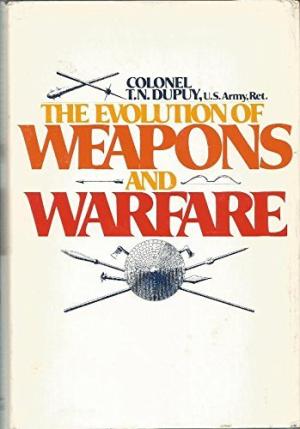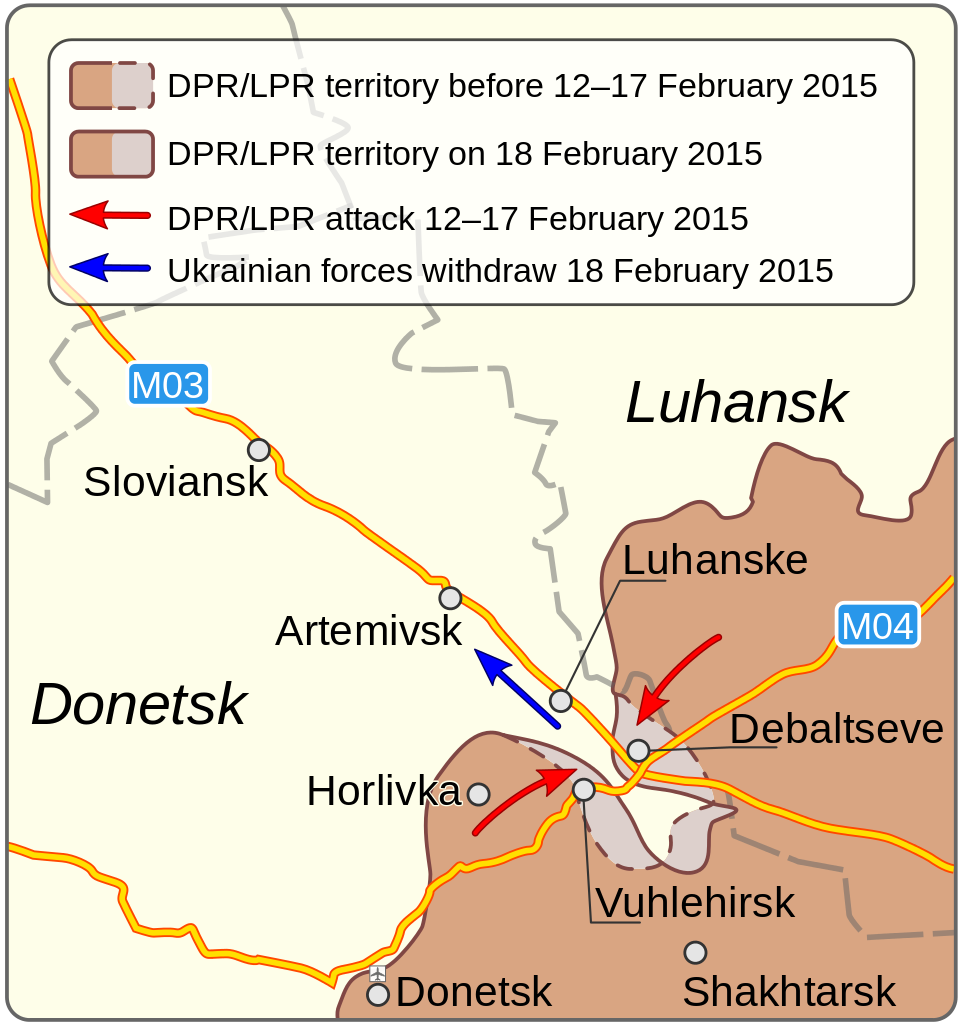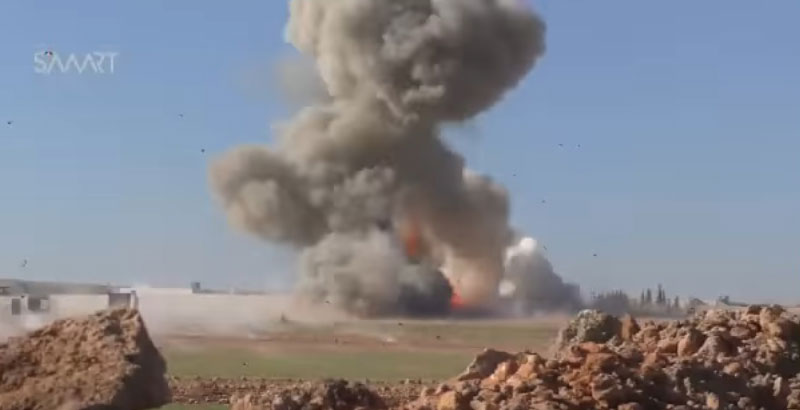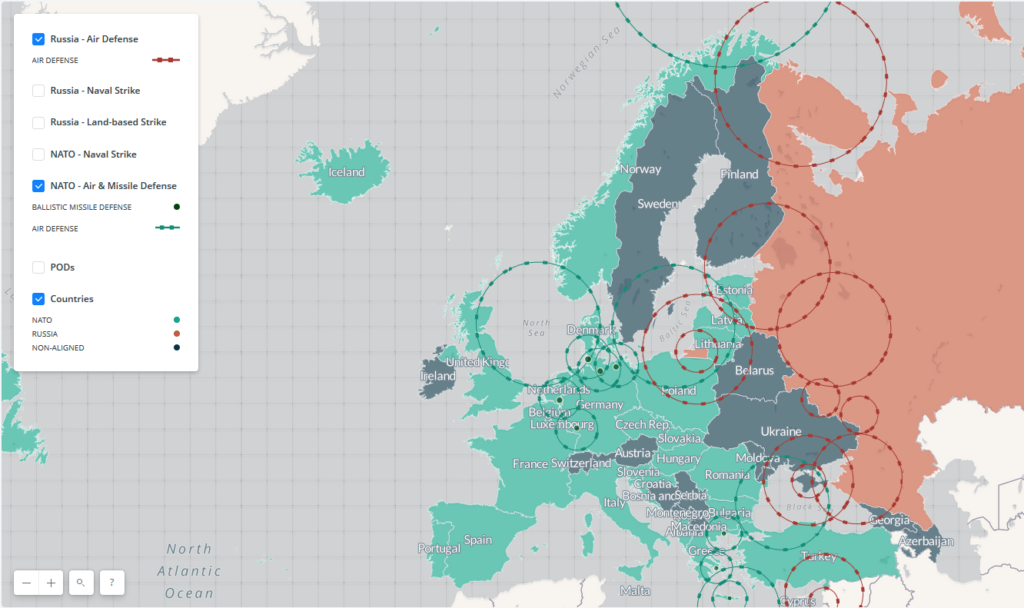 The recent commitment by the U.S. Army and Marine Corps to developing the concept of multi-domain battle led me to wonder: is this going to re-ignite the currently-dormant-but-unresolved debate over maneuver vs. attrition in American land warfare thinking? Will long-range precision fires and cross-domain targeting change the relationship between fire and maneuver in modern combat tactics? With an emphasis on fires of the kinetic and non-kinetic variety as the remedy to the challenge of anti-access/area denial capabilities and strategies, are multi-domain warfare theorists swinging the pendulum to the side of attrition?
The recent commitment by the U.S. Army and Marine Corps to developing the concept of multi-domain battle led me to wonder: is this going to re-ignite the currently-dormant-but-unresolved debate over maneuver vs. attrition in American land warfare thinking? Will long-range precision fires and cross-domain targeting change the relationship between fire and maneuver in modern combat tactics? With an emphasis on fires of the kinetic and non-kinetic variety as the remedy to the challenge of anti-access/area denial capabilities and strategies, are multi-domain warfare theorists swinging the pendulum to the side of attrition?
What Is The Role of Maneuver In Multi-Domain Battle?
Consider this description of the Army’s conception of multi-domain battle offered by General David G. Perkins, Commander, United States Army Training and Doctrine Command:
[F]uture multifunctional Army fires units will provide the joint task force with a single unit combining surface-to-surface (land and maritime), surface-to-air, electromagnetic, and cyberspace cross-domain fires. These fires formations integrate with emerging Navy, Air Force, Marine and special operations forces capabilities to provide the commander multiple resilient options for striking the enemy and covering joint force maneuver.
At the same time, ground forces with improved maneuver and close combat capabilities allow the joint force to overwhelm or infiltrate dispersed enemy formations concealed from joint targeting and fires. A joint force containing effective ground forces requires the enemy to expose their dispersed forces to defeat in ground combat, face destruction from joint fires if they concentrate, or the loss of key terrain if they displace.
Future Army and Marine tactical ground maneuver units will combine sufficient cross-domain fires capability to enable decentralized ground maneuver and the creation of durable domain windows for the joint force with the mobility, lethality and protection to close with and destroy enemy ground forces in close combat. With combined arms pushed to the lowest practical level, these units will be flexible and resilient with the ability to operate in degraded conditions and with sufficient endurance to sustain losses and continue operations for extended periods and across wide areas.
The Army clearly sees maneuver to be an integral part of multi-domain battle, with an emphasis on closing with enemy forces to engage in close combat. However, it seems to me that the same technological changes that are prompting consideration of the new concept raise some questions:
- What does close combat mean when ground maneuver elements can be brought under devastating surprise long-range precision fire barrages enabled by drone reconnaissance and cyber and information operations long before they close with enemy combat forces?
- If even infantry squads are equipped with stand-off weapons, what is the future of close quarters combat?
- Is the ability to take and hold ground an anachronism in anti-access/area-denial environments?
- Will the purpose of maneuver be to force enemy ground maneuver elements to expose themselves to targeting by long-range precision fires? Or will maneuver mean movement to advantageous long-range precision firing positions, particularly if targeting across domains?
- Is an emphasis on technological determinism reducing the capabilities of land combat units to just what they shoot?
The Maneuver Warfare Debate
Such questions seem sure to renew debates regarding the relationship between fire and maneuver in U.S. land warfare doctrine. The contemporary concept of maneuver warfare emerged in the early 1980s, as military and civilian practitioners and thinkers in the U.S. and the NATO countries came to grips with the challenges posed by Soviet military power in Europe. Inspired by the tactical and operational successes of the German Army during World War II, William Lind, John Boyd, Robert Leonhard, and Richard Simpkin, among others, drew upon a variety of American, British, German, and even Soviet sources to fashion a concept that established maneuver and attrition as distinct forms of warfare. In this telling, the First World War had been dominated by an overemphasis on the attritional effects of firepower, which yielded only bloody positional stalemate. In response, the Germans innovated new tactics to restore maneuver to the battlefield, which when combined with tanks and aircraft, led to their spectacular “blitzkrieg” victories in World War II. Their adversaries learned and adapted in turn, and developed maneuver doctrines of their own that helped defeat the Germans.
Maneuver warfare theories informed development of the U.S. Army’s AirLand Battle concept and operational doctrine of the late 1980s. The U.S. Marine Corps also integrated maneuver warfare into its doctrine in the 1997 edition of its capstone manual, MCDP-1 Warfighting. The idea of a maneuver style of warfare had plenty of critics, however. By the early 1990s, the Army had settled for a balance between maneuver and firepower in its combat doctrine. Debates and discussions about deep operations persisted into the late 1990s, but were preempted in large measure by the shift to irregular warfare and counterinsurgency after September 11, 2001. U.S. land warfare doctrine did get a brief test during the invasion of Iraq in 2003, but the woefully outclassed Iraq Army was quickly and decisively overwhelmed by American combat power, yielding few insights into future warfare against peer or near-peer opponents.
The last notable public exchange on this topic occurred in 2008 in Small Wars Journal. British defense writer and analyst William F. Owen, argued that a distinction between maneuver and attrition “styles” of warfare was artificial and lacked intellectual rigor and historical support. Eric Walter, a contributor to U.S. Marine Corps doctrinal publications, conceded that existing maneuver warfare theorizing was “fuzzy” in some respects, but countered that the intellectual thinking behind it nevertheless stimulated the U.S. military to sharpen its conception and conduct of warfare. The ensuing discussion thread fleshed out the respective perspectives and the debate continues.
Despite the official enthusiasm of the Army and Marine Corps, there are many aspects of the concept of multi-domain warfare that will need to be worked out if it is to become a viable combat doctrine and not simply justification for development of new weapons. One task will be to overcome the suspicions of the sister services that it is merely a gambit in the ongoing interservice budget battles. (Similar skepticism dogs the associated Third Offset Strategy.) Developing a better sense of exactly how long-range precision fires, cyber and information operations, and other innovative technologies might affect ground combat would be a good place to start.







